Microbiology
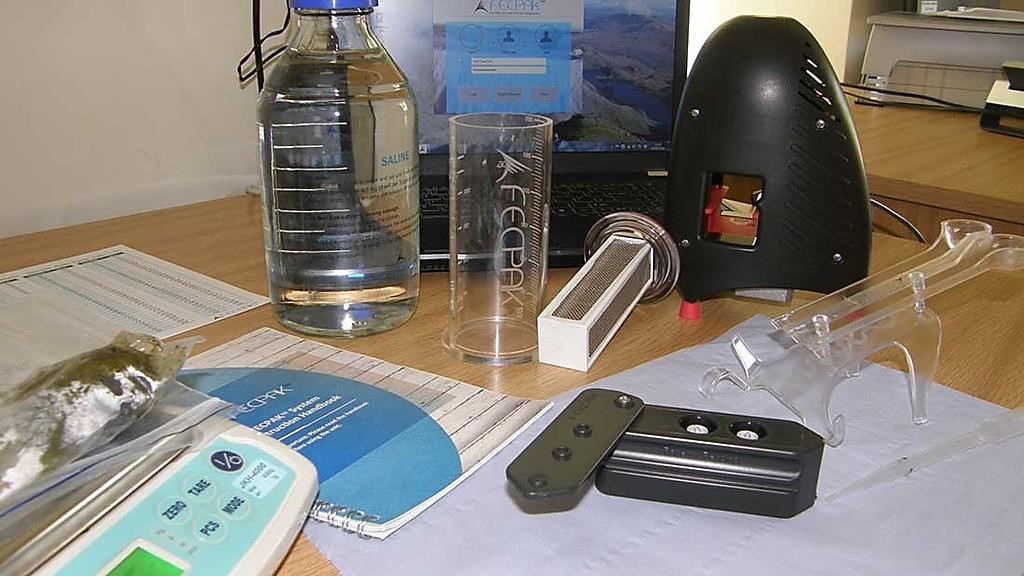
Methods Compared Classifying Intensity of Soil-Transmitted Helminth Infections
Soil-transmitted helminths (Ascaris lumbricoides, Trichuris trichiura) and the hookworms, Necator americanus and Ancylostoma duodenale affect one quarter of the world population, and are responsible for the loss of more than three million disability-adjusted life years (DALYs). More...23 Jul 2020
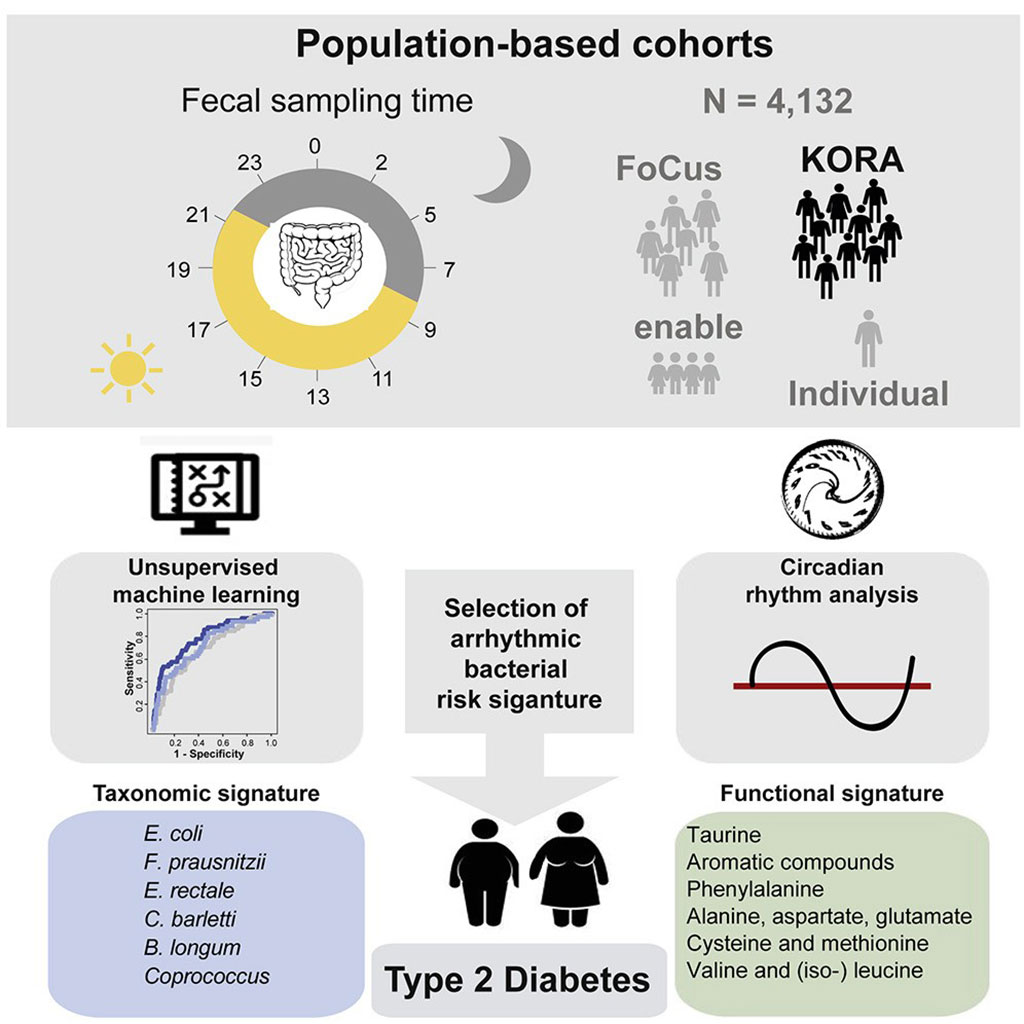
Type 2 Diabetes Associated with Arrhythmic Daily Gut Microbe
Type 2 diabetes (T2D), formerly known as adult-onset diabetes, is a form of diabetes that is characterized by high blood sugar, insulin resistance, and relative lack of insulin. Common symptoms include increased thirst, frequent urination, and unexplained weight loss. More...16 Jul 2020
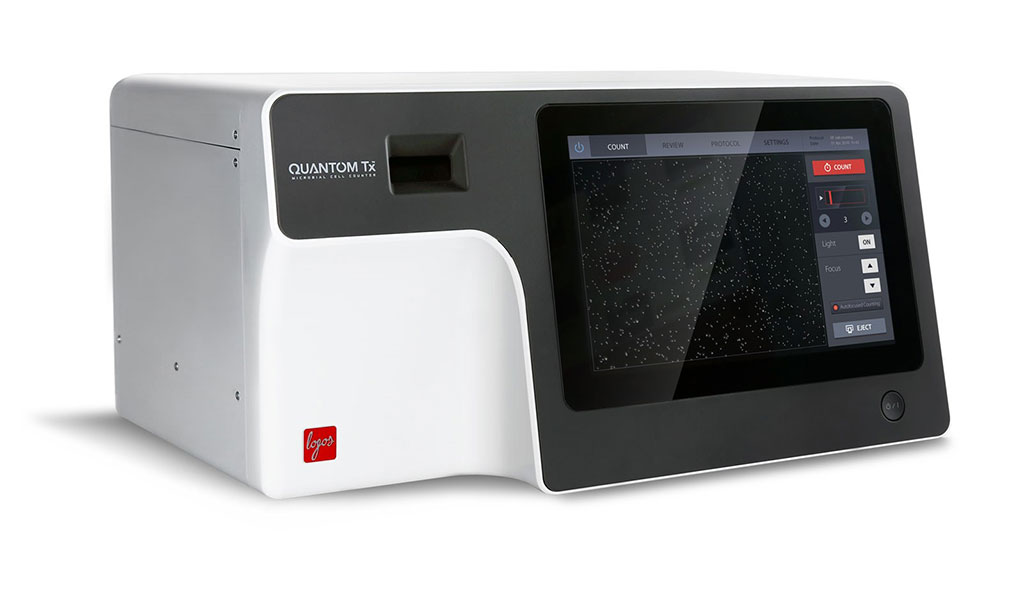
Automated Fluorescent Microbial Cell Counter Detects Urinary Tract Infection
Urinary tract infections (UTI) accounted for around 400,000 hospitalizations, resulting in an estimated cost burden of approximately USD 2.8 billion in the USA. Between 50% and 60% of adult women will have at least one UTI in their life, and close to 10% of postmenopausal women indicate that they had a UTI in the previous year. More...15 Jul 2020

Pneumonia Panel Evaluated for Lower Respiratory Tract Infection
Lower respiratory tract infections (LRTI) are clinical conditions that arise throughout the population. Community-acquired pneumonia is estimated to be the most common cause of infectious disease-related mortality in the USA and globally and is a leading cause of hospital and emergency room visits. More...08 Jul 2020
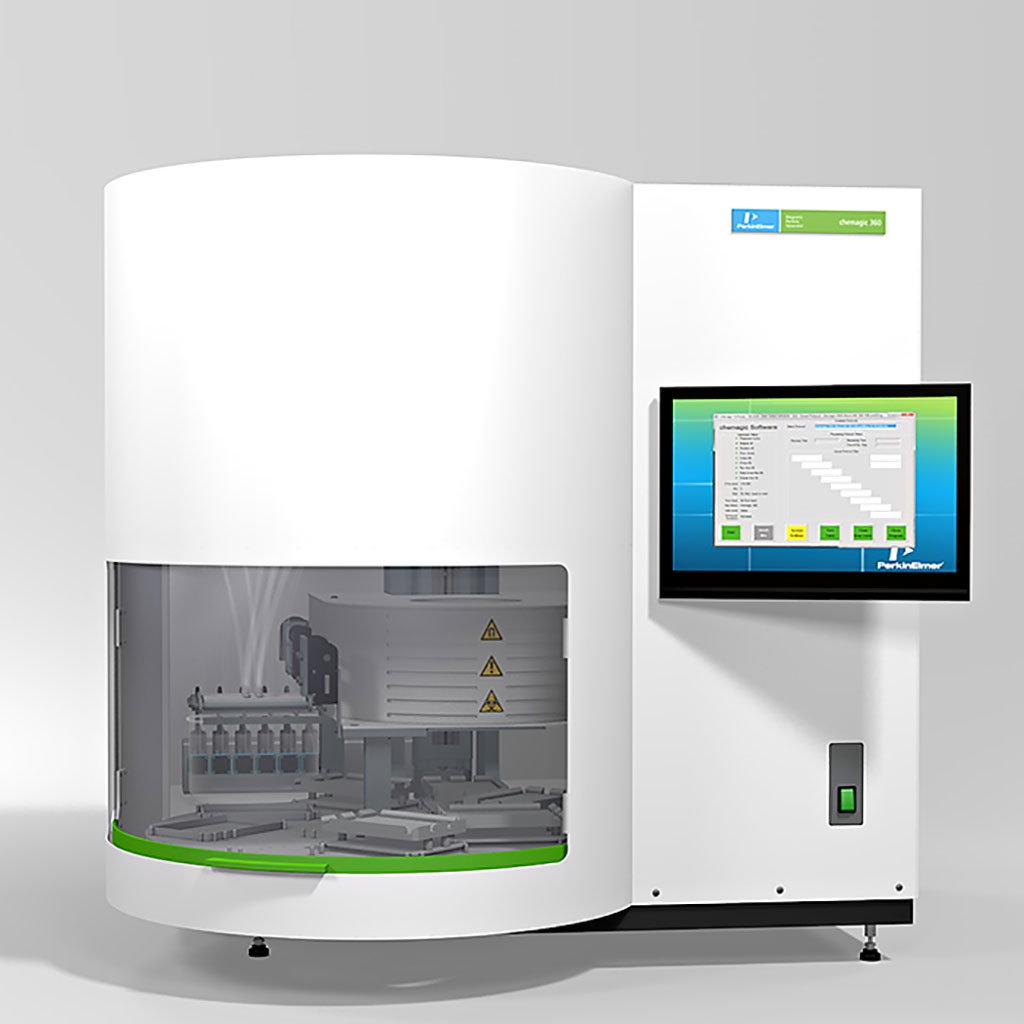
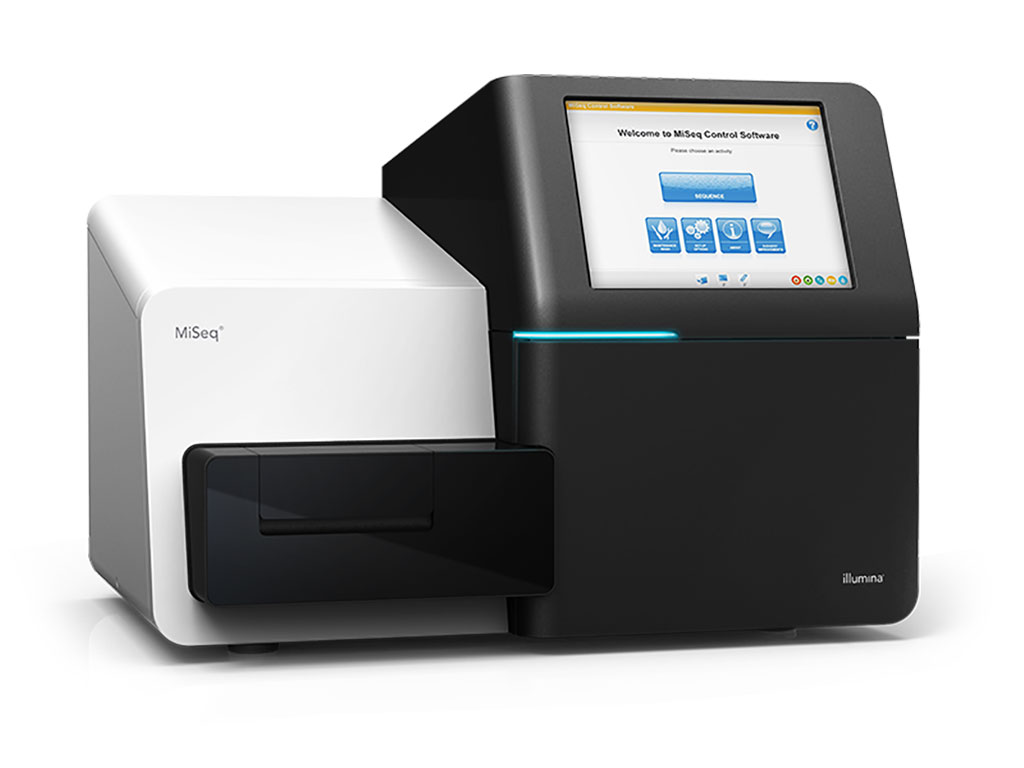
Gut Microbiome Dysbiosis Characterized in Parkinson’s Disease
Parkinson’s disease (PD) is a common, progressive, and debilitating disease, which currently cannot be prevented or cured. With the exception of rare genetic forms, the cause of PD is unknown. Symptoms start gradually, sometimes starting with a barely noticeable tremor in just one hand. Tremors are common, but the disorder also commonly causes stiffness or slowing of movement. More...29 Jun 2020

Isothermal Amplification Method Used to Detect Salmonella Subtypes
Salmonella is a common cause of foodborne disease worldwide, including Australia. More than 85% of outbreaks of human salmonellosis in Australia were caused by five Salmonella serovars. Rapid, accurate, and sensitive identification of Salmonella serovars is vital for diagnosis and public health surveillance. More...25 Jun 2020
In Other News
Certain Cytokines Not Associated with Severity of COVID-19 Symptoms
Presepsin Values Evaluated as Sepsis Severity Markers
Two Serodiagnostic Tests Compared for Loiasis in Non-Endemic Area
Fidget Spinner Rapidly Detects Urinary Tract Infections
Tumor Microbiome Appears to Vary with Cancer Type
Serological Exposure Markers Developed for Vivax Malaria
Commercial SARS-CoV-2 Molecular Diagnostics Tests Compared
Changes in Bacterial Load and Serum Cytokine Levels Predict Likelihood of Dying from Sepsis
Global Spread of the Multi-Resistant Pathogen Stenotrophomonas Maltophilia Revealed
Cytokine Signatures of Tertian Malaria Infection Profiled During Pregnancy
New Blood Test Can Determine When an Individual Was Exposed to a Pathogenic Microorganism
Initial Immune Response After Dengue Virus Infection Identified
Different Methods Compared for Species Identification of Enterococcus
Immune Responses Evaluated for Tick-Borne Encephalitis
Bacterial Blood Infections Tied to Heightened Colon Cancer Risk
Blood Clotting Causes Significant Mortality in COVID-19 Patients
CRISPR-Based Microarray System Enables Massive Testing for Viral Pathogens
A Series of Sensitive and Specific DNA-Based Assays Detects and Differentiates Salmonella Serotypes
Antibody Detection Is Critical for COVID-19 Diagnosis
Giemsa Stain Outperforms Urease Test for Helicobacter Pylori Diagnosis
Scabies Detected by Molecular Methods in Skin Scrapings
Urea Dissociation Tests Reduces SARS-CoV-2 IgM False-Positives
Real-Time Assay Evaluated for Two Sexually Transmitted Diseases
The LabMedica Microbiology channel provides the latest news in the fields of epidemiology, bacteriology, virology, and parasitology, all viewed from the unique perspective of Laboratory Medicine.










 (3) (1).png)
